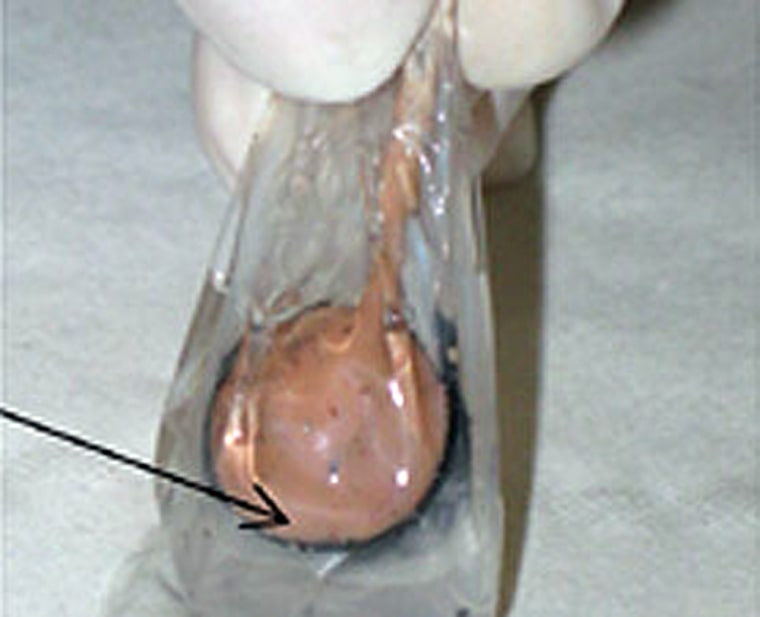The air you breathe and the food you eat could soon power your body, your mind, and your implants.
The first sugar-and-oxygen-powered biofuel cells have been successfully implanted in a living creature. Scaled up, glucose-based biofuel cells could power implanted pacemakers and artificial kidneys, as well as other medical devices.
"This was the first time such a GBFC was successfully used in animals," said Philippe Cinquin, a scientist at Joseph Fourier University in Grenoble, France, and a coauthor of the paper published in PLoS One.
A bio-compatible fuel cell powered by sugar and oxygen would be a huge benefit to the medical industry. Small, surgically implanted batteries power today's internal devices. Battery-operated devices certainly work, but they are large and when their energy runs out doctors have to surgically remove and replace them.
Never needs replacing
A biofuel implant would never need replacing — unless it broke — and would take up less space inside a person's body. As long as a person functioned the device would have a fuel source. Other groups have tried to create similar devices in the past, but the harsh chemical and biological environment inside the body rendered them unworkable.
The new fuel cell created by the French scientists is the size of two small coins stuck together. Both sides are made from graphite, but contain different enzymes to break apart oxygen from air and sugar from food. When the enzymes cleave those molecules, they create a small electrical charge.
The whole fuel cell is wrapped in a clear plastic dialysis bag, which allows sugar and oxygen, dissolved in the fluid that bathes the fuel cells, to enter. But then it imprisons the electricity-producing enzymes, a key feature that limited previous designs.
When implanted into the abdomens of two rats, one fuel cell generated a maximum of 6.5 millivolts of power, too weak for today's devices. Pacemakers require 10 millivolts of electricity. Another fuel cell implanted in another rat functioned for nearly three months, although at a lower power output.
Will need more juice
The French scientists say they're confident that within the next few years they can generate enough electricity to power more advanced devices, such as an artificial sphincter for patients who have a radical prostatectomy, or artificial kidneys for diabetics.
Other scientists are impressed with the research. "There are lots of things that could interfere with the operation of a fuel cell," said Joshua Gallaway, an electrochemical engineer at the City University of New York. "Moving from a lab situation that is analogous to operating in the body to actually operating in the body is a big advance."
One of the big advantages of the new biofuel cell is its small size, said Gallaway. "It's orders of magnitude smaller than a battery," he said.
Longevity a plus
Another advantage of a biofuel cell is its longevity, the French scientists said. Implantable batteries usually last between five and eight years, and then have to be surgically removed and replaced. But an implanted biofuel cell would produce an electrical current as long as a person is ticking.
The next step is to test larger glucose-powered implantable biofuel cells in pigs, which should produce more electricity.
Initial tests of the team's next-generation sugar-and-oxygen-powered implants already appear to be "several orders of magnitude," more powerful than the device described in the journal, said Cinquin.
